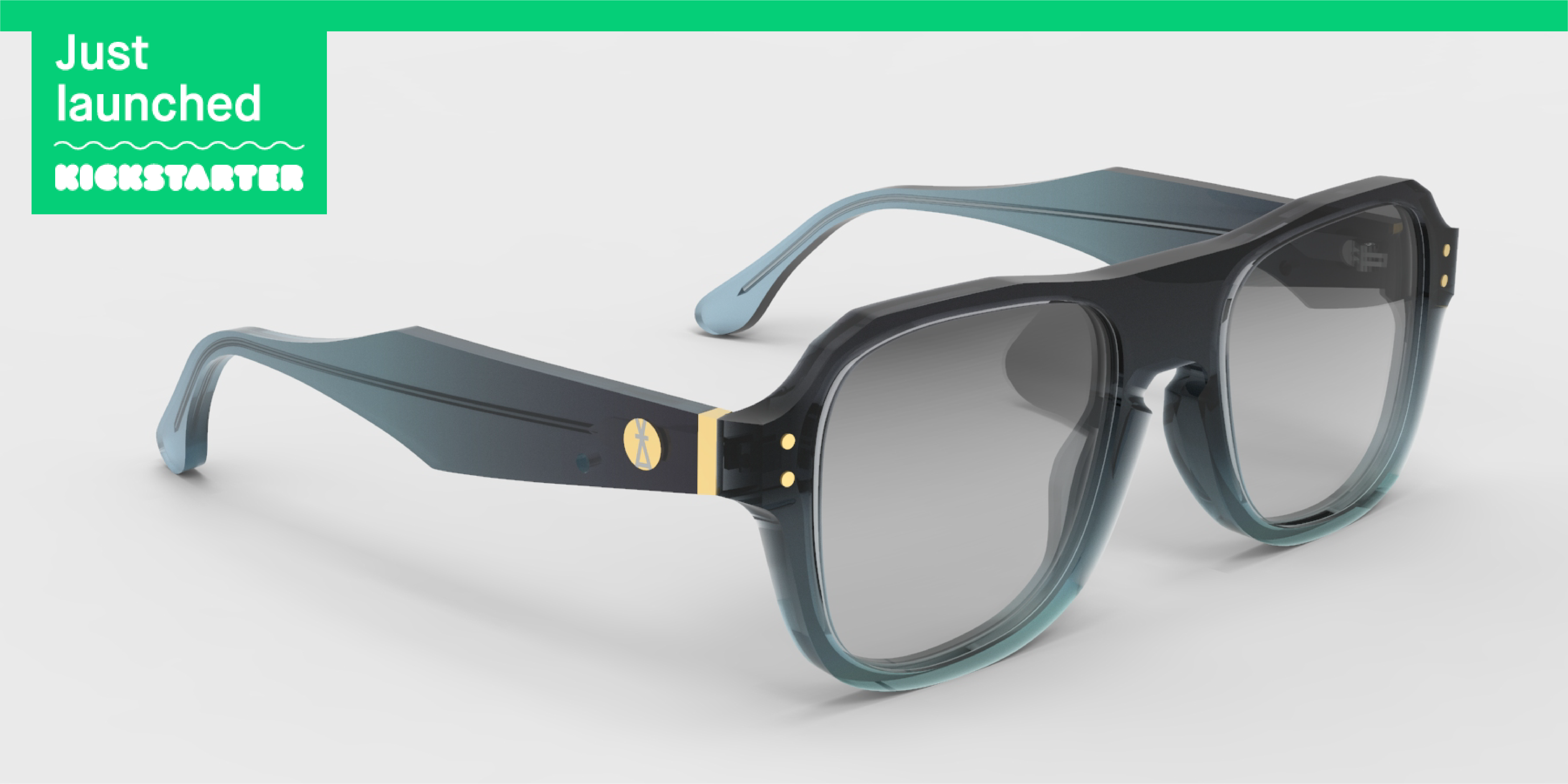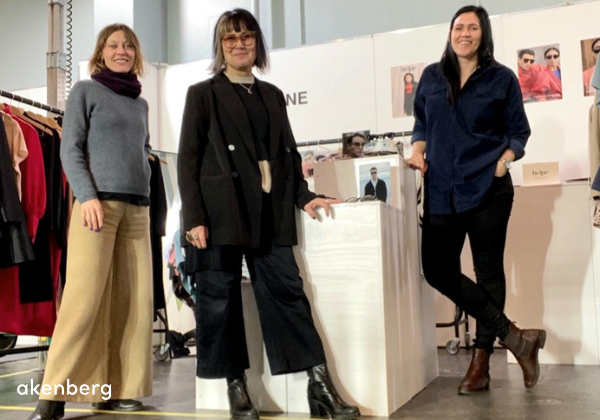
In the world of crowdfunding, Kickstarter has emerged as a democratic platform, connecting creators with backers to bring innovative ideas to life. As we approach the final stretch of our Kickstarter campaign at Akenberg, we reflect on the exhilarating moment when we hit “launch” and share our journey of creativity, innovation, and feedback. In this blog post, we’ll explore the factors that led us to share our designs through a Kickstarter project and the type of feedback that has been most valuable to us.

1. The Moment of Launch: A Democratic Process The moment of hitting the “launch” button on our Kickstarter project was a culmination of excitement and joy. At Akenberg, we firmly believe in Kickstarter’s democratic nature. It’s a platform that empowers both creators and backers, allowing unique projects to come to life with the collective support of a like-minded community. This moment symbolized our commitment to transparency, quality, and engagement with our supporters.

2. The Decision to Share Through Kickstarter Launching a Kickstarter campaign isn’t a decision to be taken lightly. It involves a combination of factors that determine the right time to share your idea with the world. At Akenberg, several key considerations prompted us to initiate our Kickstarter project:
a. Product Development and Readiness: Before launching a Kickstarter campaign, it’s crucial to ensure your product is well-developed and near production-ready. Our dedication to crafting high-quality sunglasses led us to believe that our designs were ready for feedback and production.
b. Market Research: Understanding your target audience and their preferences is vital. Akenberg conducted thorough market research to validate the demand for our contemporary, timeless designs.

c. Testing the Waters: Kickstarter serves as an excellent platform to gauge interest and gather feedback. Sharing our ideas allowed us to assess their appeal and the willingness of our target audience to support our project.
d. Funding and Production: Launching a Kickstarter campaign provides the capital needed to turn ideas into reality. It’s a pivotal step in the product development process.
e. Building a Community: Kickstarter offers the opportunity to build a community of supporters who believe in your brand and products. By sharing our designs, we aimed to establish a dedicated fan base for future endeavors.

3. The Value of Feedback in Creative Work Receiving feedback on creative work is an essential part of the journey. It helps creators grow, refine their ideas, and make improvements. The kind of feedback we find most helpful includes:
a. Honesty: We value honest feedback that points out both strengths and weaknesses. Knowing the unfiltered truth about our work is crucial for improvement.
b. Supportive: Supportive feedback acknowledges our efforts and passion, even while offering suggestions for improvement. It boosts our confidence and motivation.

c. Relevance: Feedback should be relevant to the creative work, addressing specific aspects of design, innovation, or product development.
d. Constructive: Constructive feedback provides specific suggestions for enhancement, along with actionable advice or examples.
e. Impact Assessment: Effective feedback discusses the potential impact of the work in the market, contributing to our understanding of its value.
f. Encouragement: Positive feedback can motivate and reassure us that our efforts are appreciated.
g. Balance: Ideally, feedback should strike a balance between positive and negative comments, helping us understand what’s working and what needs improvement.

Conclusion Our journey with Kickstarter has been a testament to the power of democratic crowdfunding and the value of feedback in creative work. As we continue to innovate and engage with our supporters, we look forward to the exciting possibilities that the future holds. We invite you to be a part of our journey by exploring our Kickstarter campaign and supporting our vision for timeless, high-quality sunglasses.
Thank you for being a part of our creative process!
